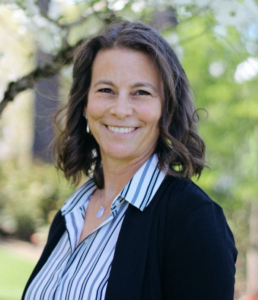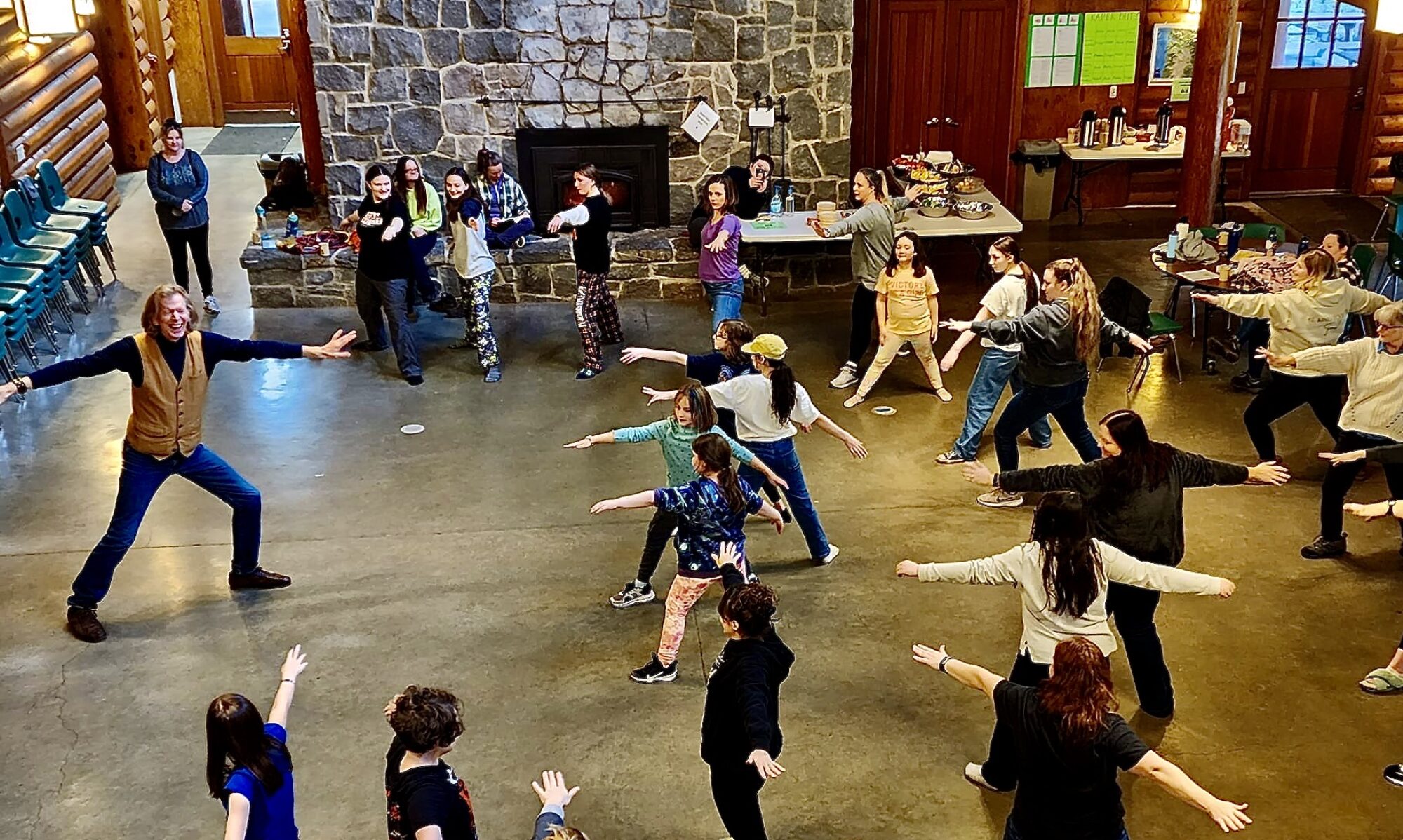THE CALENDAR OF WEEKLY CLASSES, CLINICS AND WORKSHOPS.

Sharing stillness, embodied and attentive presence, openness, poetry and readings with one another during this contemplative practice each evening, seven days a week. Designed each evening to work with who arrives and how we might best encourage, nourish and support ourselves and one another. No special prerequisites. Show up as you are and we’ll support one another and ourselves as we practice meeting this difficult era.
If you are ready begin Online Booking

Let’s practice ways to transform the difficulties we sense and point them toward something helpful to ourselves and others; progressive relaxation, gentle breath work, mindful movement designed to calm the tensions, and encouragement. You will be provided a link to supportive recordings of progressive relaxation and contemplative practices.
Perhaps we can recognize that the tremendous distractions and stress of our current social, economic, and healthcare situation can be recognized as elements of how much we care and can usher a perspective of gratitude and acceptance that slows things down to the heart’s internal pace.
An online course. $25.
If you are ready begin Online Booking
The three principles of Yin yoga are: 1) Come into an appropriate depth for your body in each pose; 2) Become still; 3) Hold for a long time. This can mean up to 3-5 minutes per pose. What is important is not what a pose looks like, but what it feels like… we use many props in Yin yoga to support our bodies in releasing into the connective tissues rather than specifically stretching the muscles. Yin yoga is not restorative yoga, in that we are still looking for some stress to the tissues in order to create optimal health. Yin targets mainly the connective tissues of the hips, pelvis and lower spine.A slower moving class focusing on floor postures. All levels welcome.“We don’t use our bodies to get into the pose, we use the pose to get into the body”, according to my teacher, Bernie Clark.

Tuition is $30. For more information and to register: contact Kristin Kinnie MScN, MSW at Fully Alive Nutrition, [email protected], or 971 770-3400.
The three principles of Yin yoga are: 1) Come into an appropriate depth for your body in each pose; 2) Become still; 3) Hold for a long time. This can mean up to 3-5 minutes per pose. What is important is not what a pose looks like, but what it feels like… we use many props in Yin yoga to support our bodies in releasing into the connective tissues rather than specifically stretching the muscles. Yin yoga is not restorative yoga, in that we are still looking for some stress to the tissues in order to create optimal health. Yin targets mainly the connective tissues of the hips, pelvis and lower spine.A slower moving class focusing on floor postures. All levels welcome.“We don’t use our bodies to get into the pose, we use the pose to get into the body”, according to my teacher, Bernie Clark.
The three principles of Yin yoga are: 1) Come into an appropriate depth for your body in each pose; 2) Become still; 3) Hold for a long time. This can mean up to 3-5 minutes per pose. What is important is not what a pose looks like, but what it feels like… we use many props in Yin yoga to support our bodies in releasing into the connective tissues rather than specifically stretching the muscles. Yin yoga is not restorative yoga, in that we are still looking for some stress to the tissues in order to create optimal health. Yin targets mainly the connective tissues of the hips, pelvis and lower spine.A slower moving class focusing on floor postures. All levels welcome.“We don’t use our bodies to get into the pose, we use the pose to get into the body”, according to my teacher, Bernie Clark.
The three principles of Yin yoga are: 1) Come into an appropriate depth for your body in each pose; 2) Become still; 3) Hold for a long time. This can mean up to 3-5 minutes per pose. What is important is not what a pose looks like, but what it feels like… we use many props in Yin yoga to support our bodies in releasing into the connective tissues rather than specifically stretching the muscles. Yin yoga is not restorative yoga, in that we are still looking for some stress to the tissues in order to create optimal health. Yin targets mainly the connective tissues of the hips, pelvis and lower spine.A slower moving class focusing on floor postures. All levels welcome.“We don’t use our bodies to get into the pose, we use the pose to get into the body”, according to my teacher, Bernie Clark.

Healing Foods for Your 40’s and Beyond- Diet and Lifestyle can play a huge role in supporting the transition into and through menopause. Each woman’s experience is individual and unique. The more you know, the more you can do to support yourself through the transition and beyond. This course is for any woman who is approaching menopause, currently experiencing menopause, or has successfully made it through the menopause transition. We will talk about all stages and ways to support your body, reduce symptoms, and address issues like bone density, weight gain. mood swings, and more!
Tuition is $30. For more information and to register: contact Kristin Kinnie MScN, MSW at Fully Alive Nutrition, [email protected], or 971 770-3400.
The three principles of Yin yoga are: 1) Come into an appropriate depth for your body in each pose; 2) Become still; 3) Hold for a long time. This can mean up to 3-5 minutes per pose. What is important is not what a pose looks like, but what it feels like… we use many props in Yin yoga to support our bodies in releasing into the connective tissues rather than specifically stretching the muscles. Yin yoga is not restorative yoga, in that we are still looking for some stress to the tissues in order to create optimal health. Yin targets mainly the connective tissues of the hips, pelvis and lower spine.A slower moving class focusing on floor postures. All levels welcome.“We don’t use our bodies to get into the pose, we use the pose to get into the body”, according to my teacher, Bernie Clark.
The three principles of Yin yoga are: 1) Come into an appropriate depth for your body in each pose; 2) Become still; 3) Hold for a long time. This can mean up to 3-5 minutes per pose. What is important is not what a pose looks like, but what it feels like… we use many props in Yin yoga to support our bodies in releasing into the connective tissues rather than specifically stretching the muscles. Yin yoga is not restorative yoga, in that we are still looking for some stress to the tissues in order to create optimal health. Yin targets mainly the connective tissues of the hips, pelvis and lower spine.A slower moving class focusing on floor postures. All levels welcome.“We don’t use our bodies to get into the pose, we use the pose to get into the body”, according to my teacher, Bernie Clark.
